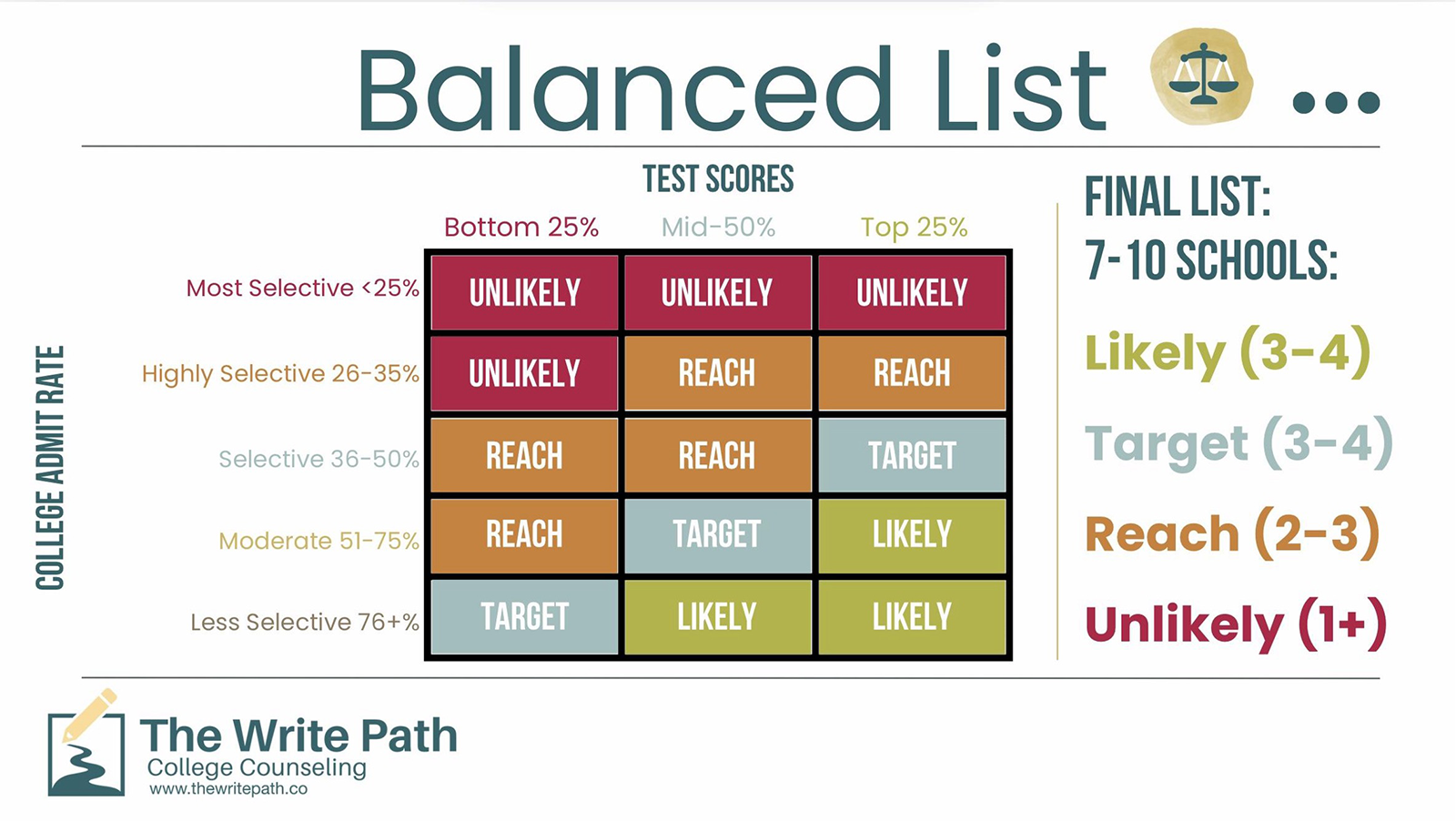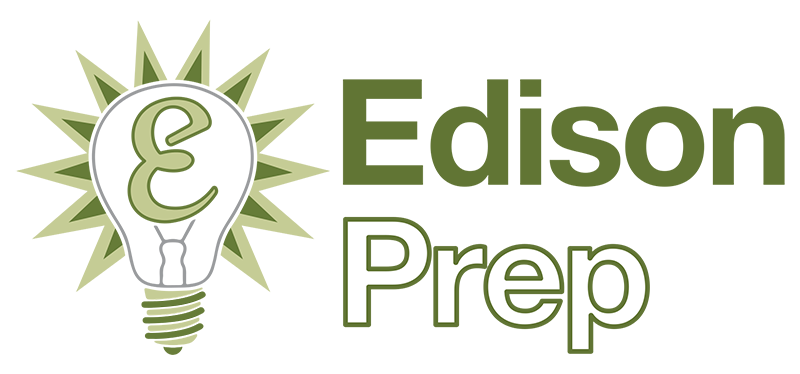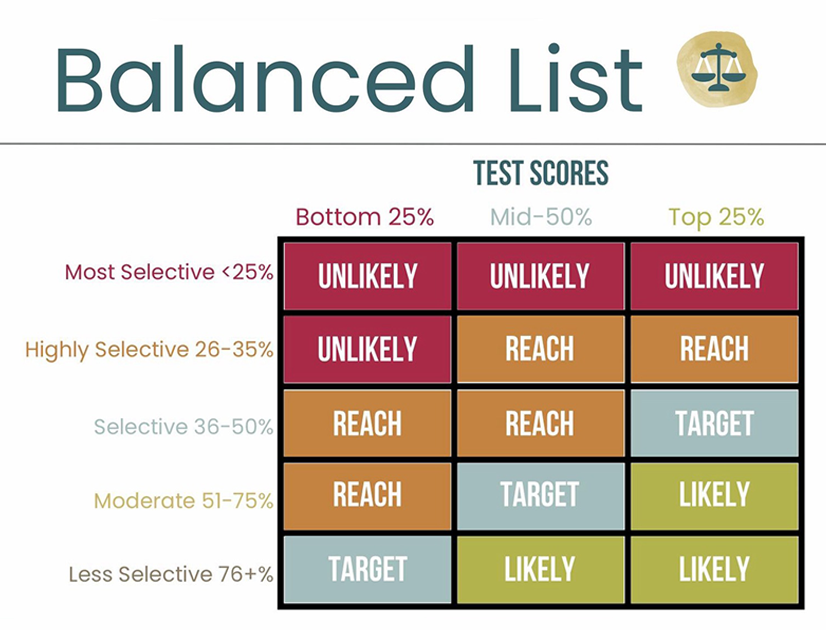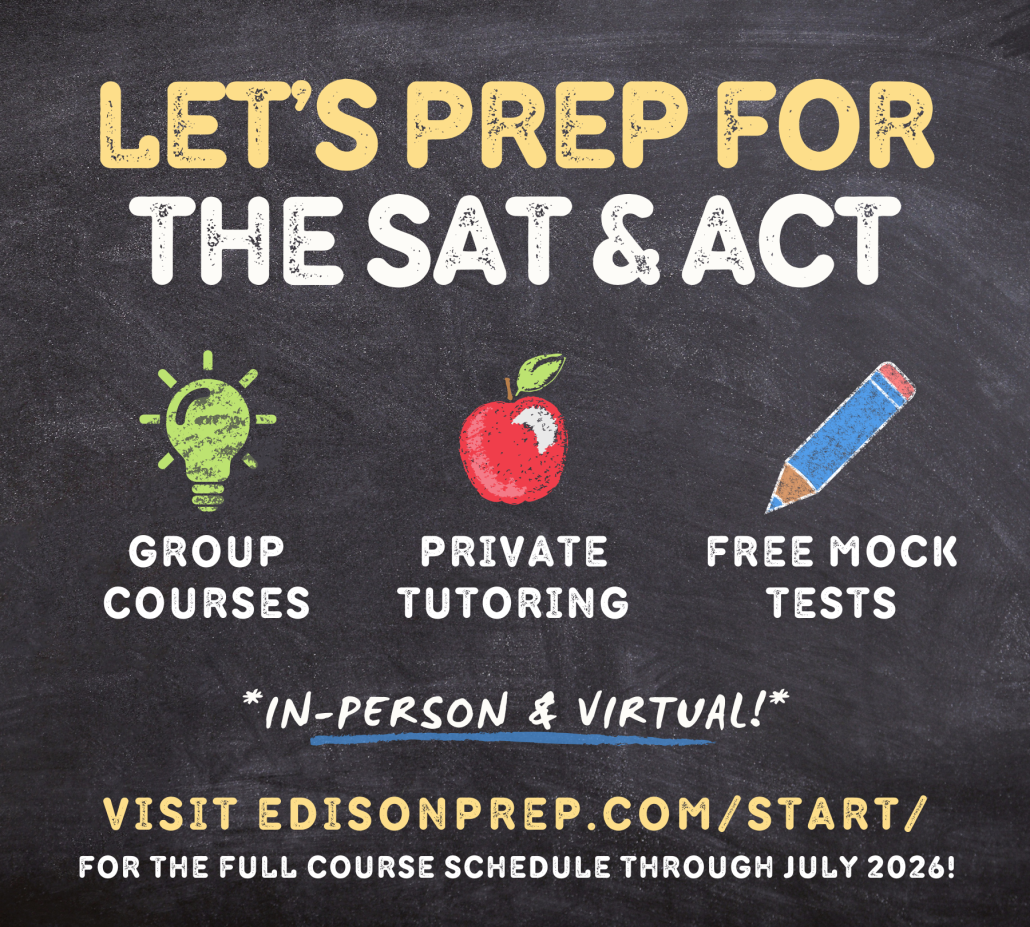Guest Post: The Critical Importance of a Diversified College List
By Jen Henry, The Write Path
Aiming (Too) High
I had a call with some prospective new clients the other day. They were encouraging their bright, talented and well-rounded daughter to “reach for the stars” in her college application process. My response was, “Absolutely! As long as she creates a balanced list.” Too often, I see students create “top-heavy” lists—those dominated by highly selective schools with acceptance rates of 25% or less. I have seen, first-hand, how this approach can be risky and shortsighted. Every year, I see “perfect” students (think: 36 ACT, 4.8 GPAs, 15+ APs, and impressive extracurriculars) get deferred, waitlisted, or even outright denied from schools in this category.
The Power of a Diversified College List
As an independent college admissions counselor, my primary goal is to reduce the stress associated with the college admissions process. One of the most effective ways to do this is by helping students build broad, diversified lists that maximize their options. But what exactly does a “broad list” mean?
First, consider this: There are over 4,000 colleges and universities in the U.S. I promise, you and your student can find 7-10 that match their academic, financial, and social needs. The key is to start early, conduct thorough research, and visit campuses when possible. Visiting in person—whether at big universities or smaller colleges—helps students find schools that are a good fit.
I recommend students begin by creating an initial list of 20-25 schools. From there, they can narrow it down to their top 15, after researching each school virtually. Ideally, students should aim to visit at least 3-4 campuses in person, selecting a mix of school sizes, types, and locations. If travel is a challenge, look for nearby options that might serve as a good stand-in for farther-away schools.
Finalizing the College List
By the summer before their senior year, I encourage students to finalize their college list, aiming for a mix of Likely, Target, Reach, and Unlikely schools. I use this chart to help determine the likelihood of admission and number of schools in each category:

Results Speak for Themselves
My students, who follow this model, typically end up with an average of 6 college acceptances each, many of which come with generous merit scholarships. And yes, each year I DO send several students to highly selective schools, but none of them has ever regretted having those other acceptances.
While a diversified list is just one part of a broader strategy (with GPA and test scores being critical factors), it’s definitely one of the most important given today’s highly competitive college admissions environment. Ultimately, the goal is to maximize opportunities and ensure your student has plenty of options when spring of their senior year arrives.
The parents of my potential new student initially seemed dismayed that I might discourage their daughter from applying to the school of her dreams. On the contrary, that school is an important part of a broad mix that will actually be the most encouraging, since it boosts confidence while maximizing acceptances.
My College Admissions Curriculum
Over the past decade, I’ve fine-tuned my proven college admissions curriculum, which I offer in two formats: individual counseling and affordable small-group courses. My next class begins on January 12th, 2025. I’d love for your family to join The Write Path and take the next step toward a successful college application process.
Register here: www.thewritepath.co/group-classes









